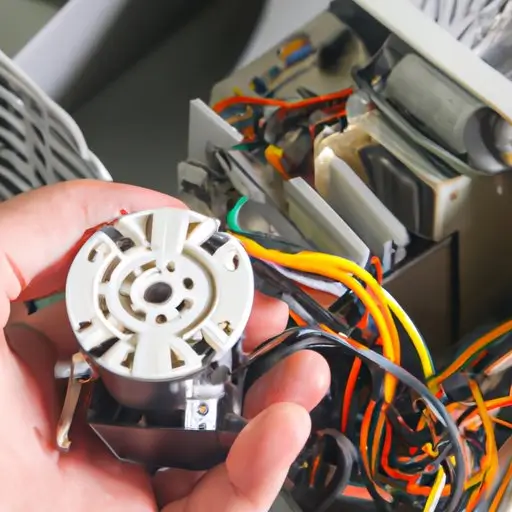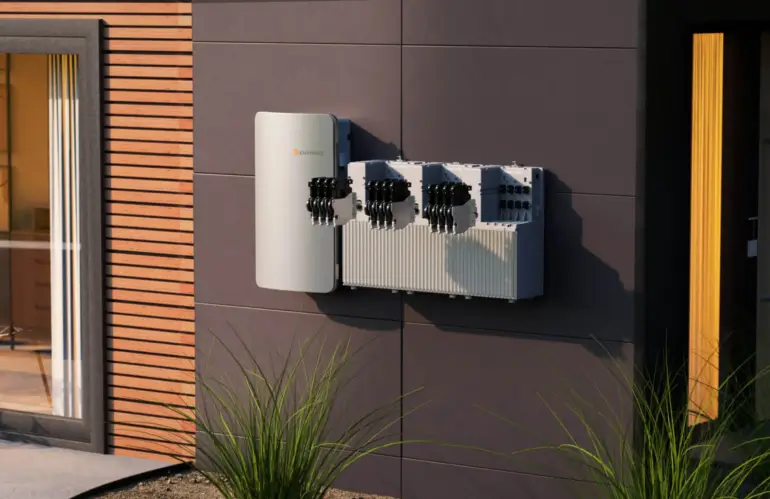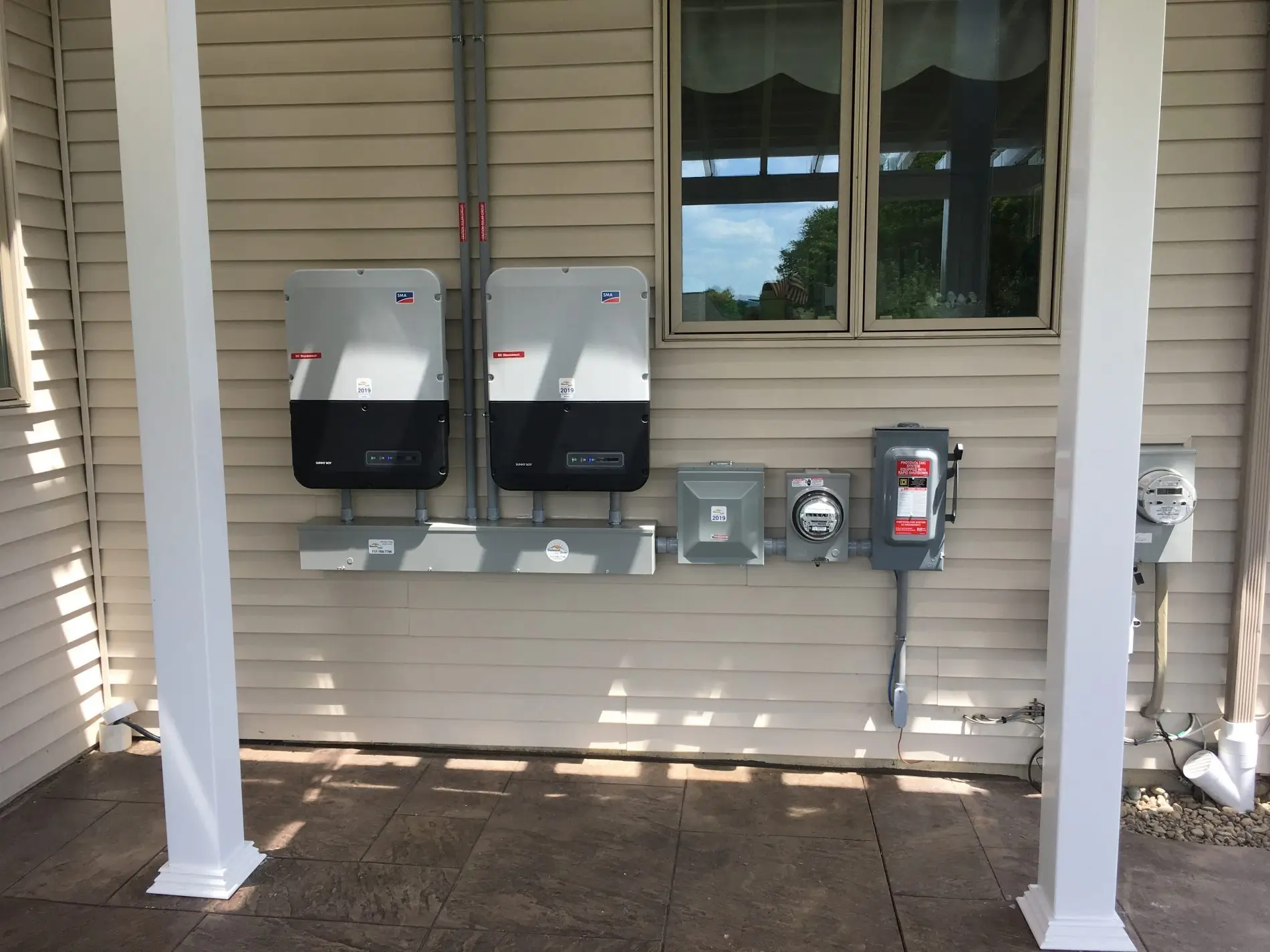In a world where electricity powers our every move, inverters serve as hidden helpers, silently revolutionising how we harness and use this vital energy source. It serves as modern energy management. These simple devices play an important role in bridging the gap between various power sources and our ever-expanding collection of electrical gadgets and appliances. They power homes during blackouts and enable off-grid adventures with portable solar panels. If you are looking for a solar inverter’s installer, you can visit Solar Panels Leeds.
Inverters’ purpose

source: tffn
Inverters are silently changing how we interact with power. Inverters do more than just convert DC to AC power or vice versa; they also play an important role in optimising energy use and increasing overall efficiency. One of their main uses is in renewable energy systems, where inverters allow solar panels or wind turbines to connect easily to our current power infrastructures.
Furthermore, inverters help to moderate voltage variations, maintaining a consistent supply of electricity even during peak demand periods. This stability not only protects delicate devices but also increases the overall reliability of our electrical systems. With the advancement of smart grid technologies and the growing need for sustainable energy solutions, inverters are poised to play an even greater role in determining our future energy landscape.
This feature is becoming increasingly important as the demand for dependable energy storage solutions grows, particularly with the increased use of electric vehicles and distributed energy resources. Inverters are versatile devices that play an important part in many aspects of our modern energy grid. As we move toward a more sustainable and decentralised energy system, inverters will surely remain at the forefront of innovation and growth in this area.
Inverter Types:

source: solarpowerworldonline
Grid-Tied Inverters: These inverters are linked to the utility grid, synchronising the AC output with the grid’s waveform. They are extensively employed in household and commercial solar power systems to return excess energy to the grid.
Off-Grid Inverters: Off-grid inverters are utilised in stand-alone systems without access to the utility grid. They are frequently combined with batteries, solar panels, or other renewable energy sources to supply power in remote places or during outages.
Hybrid Inverters: These inverters combine the features of grid-tied and off-grid inverters. They support both grid-connected operation and the capacity to store extra energy in batteries for usage during power outages or at night when solar generation is low.
Microinverters: Microinverters are miniature inverters that are mounted immediately behind each solar panel in a photovoltaic (PV) system. Unlike standard string inverters, microinverters optimise each panel’s performance independently, which can increase overall system efficiency, particularly in shadowed or mismatched situations.
String inverters are commonly used in larger solar arrays. They link many solar panels in series (or strings) and convert their combined DC power output into AC power.
Central Inverters: Central inverters are used in utility-scale solar farms, which have a huge number of solar panels connected in parallel. They transform the DC power from many strings of panels into AC power and distribute it to the grid.
Functions and roles:

source: belmontsolar
Conversion: An inverter’s principal function is to convert direct current (DC) from sources such as solar panels or batteries into alternating current (AC) for use in domestic appliances, electronics, and other devices.
Voltage Regulation: Inverters adjust the voltage of the AC output to keep it within safe working limits for all connected devices.
Frequency Regulation: Inverters also control the frequency of the AC output, which is normally kept at 50 or 60 Hz, depending on local electrical requirements.
Power Management: In hybrid systems, inverters control the flow of electricity between the grid, renewable energy sources, and battery storage, maximising energy efficiency and guaranteeing a steady power supply.
Monitoring and Control: Many current inverters include monitoring and control features that allow customers to track energy production, consumption, and system performance remotely using smartphone apps or web portals.
Grid Interaction: Grid-tied inverters play an important role in integrating renewable energy sources such as solar power into the existing electrical grid, thereby facilitating the transition to cleaner and more sustainable energy systems.
Inverters are critical components in many energy systems, allowing for effective conversion and management of electricity from renewable sources such as solar and wind, as well as battery storage systems. Their responsibilities include conversion, regulation, management, and grid interaction, all of which help to progress renewable energy technologies and move us closer to a more sustainable future. You can optimise energy consumption and assure dependable performance by choosing the proper inverter for your specific requirements. Whether you want to power your home with solar energy or run important equipment during a power outage, inverters are essential. Take the time to investigate and select the best inverter for your needs to improve efficiency and dependability in your power supply system.


